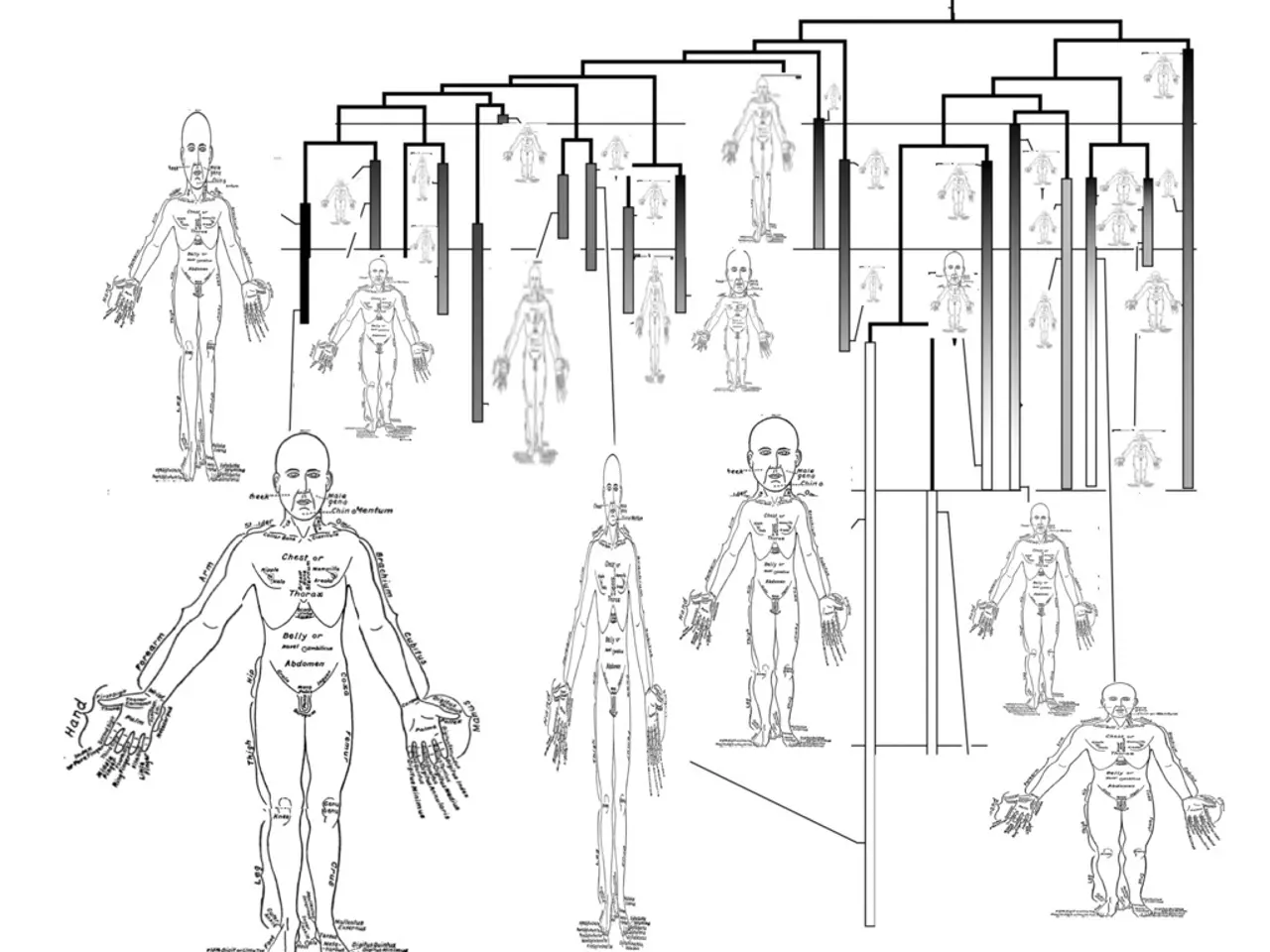Digastric Muscle: Key to Jaw Movement, Fed by Two Arteries
The digastric muscle, a key player in jaw movement, has two sections: the anterior and posterior bellies. Located in the neck, it extends from the mastoid process behind the ear to the symphysis menti, the middle of the lower jaw. This muscle aids in opening and closing the jaw.
The digastric muscle's two bellies receive blood from different arteries. The facial artery supplies the anterior belly, while the occipital artery nourishes the posterior belly. The intermediate tendon connects these bellies and links to the stylohyoideus muscle. Nerve supply varies; the median nerve serves the anterior compartment of the flexor muscles, while the digastric branch of the facial nerve supports the posterior belly.
The digastric muscle's posterior belly attaches to the mastoid process, a bony protrusion of the temporal bone behind the ear. Meanwhile, the anterior belly extends from the mandible's lower border and connects to the trigeminal nerve.
The digastric muscle, crucial for jaw function, is supplied by distinct arteries and nerves. Its unique structure and location make it a vital component of the suprahyoid muscle group, facilitating normal jaw movement and speech.





